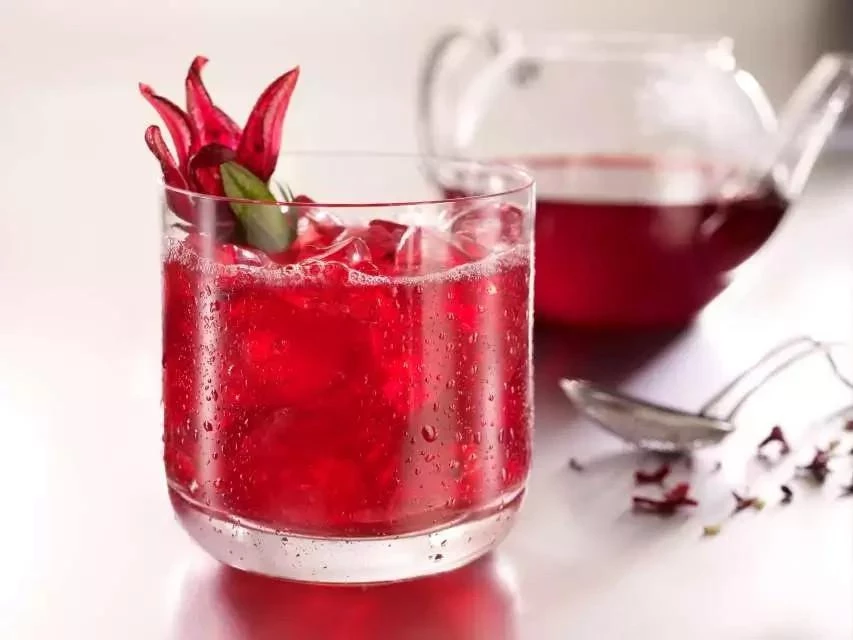For most of us, the Hibiscus plant is just a fairly common ornamental plant. Their flowers add to the aesthetic delightfulness of our gardens, and helps put money in the purses of the businesspeople who sell them. They’re also known as the source material for Zobo, the sweet tasting red coloured juice which Nigerians consume at occassions and on regular days.
But the Zobo flower- or Hibiscus, as they’re formally known -are also raking in cash for Nigerian exporters. The material, far from being just a locally consumed commodity, is also sought after in many other countries, and for various reasons as well. Dry Hibiscus flowers fetched the country $35 million in nine months of 2017, according to reports quoting the Nigerian Agricultural Quarantine Service (NAQS). This is actually a significant improvement from the $20 million which Nigeria gathered from exports of the dried flowers in 2016.
A Market Ready To Take Off
The potential for Nigeria to gain from aesthetically pleasing crops has been talked about for quite a while. Producers of these crops are seeing the opportunities presented by a ready market for their produce, and are snapping them up. Hibiscus is grown in many parts of Northern Nigeria, with Jigawa topping the list of states which produce the crop. It’s also grown in Kano, Katsina, Kebbi and Bauchi.
These producers serve a largely local market, but there’s a growing realization of the returns that could accrue from selling to buyers elsewhere on the planet. Mexico, for example, buys Nigeria’s Hibiscus partly because its pharmaceutical companies prefer the colour derivative from the flower to synthetic drug pigmentation. The trend towards more organic colour coating for pills is something Nigerian exporters could benefit from.
There are other uses for the crop. Hibiscus tea, which is extracted from the plant’s calyx, is known to have anti-carcinogenic (cancer fighting) properties, and is also effective at reducing body cholesterol levels. Asides its health related uses, it’s also a source for artificial hair colouring.
The major markets for dried Hibiscus are in Europe and Asia. Available evidence suggests that Nigeria has only just scratched the surface of this product’s earning potential.
Pros and Cons
While it does hold a lot of promise, the large scale production of Hibiscus in Nigeria is not exactly smooth sailing. Harvesting is largely manual, and can be quite difficult if it’s being carried out on large expansive farmlands.
On the bright side, Hibiscus can be cultivated all year round, though it does have a peak growing season- between November and April, or the dry season. Although it’s grown predominantly in the north, it can thrive in many parts of the South in which the weather condition is suitable enough to support its growth and blossoming.

